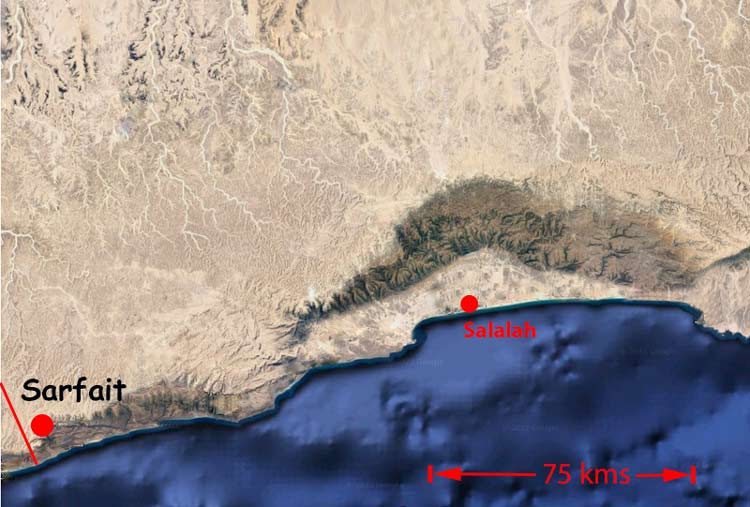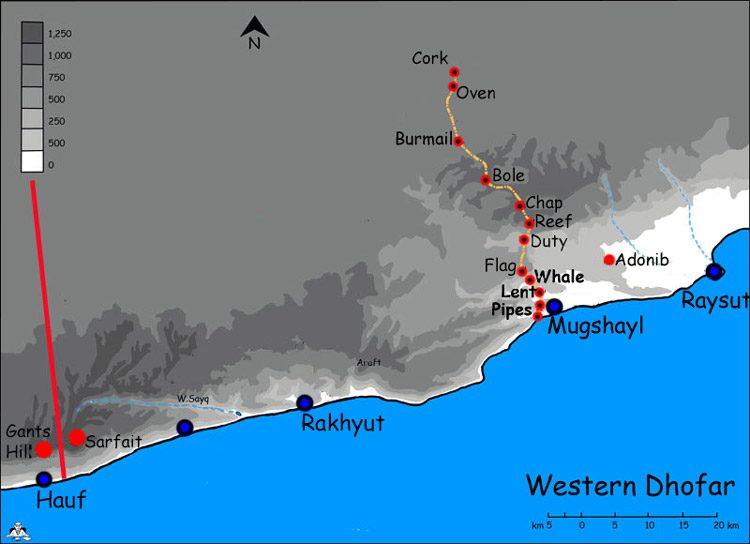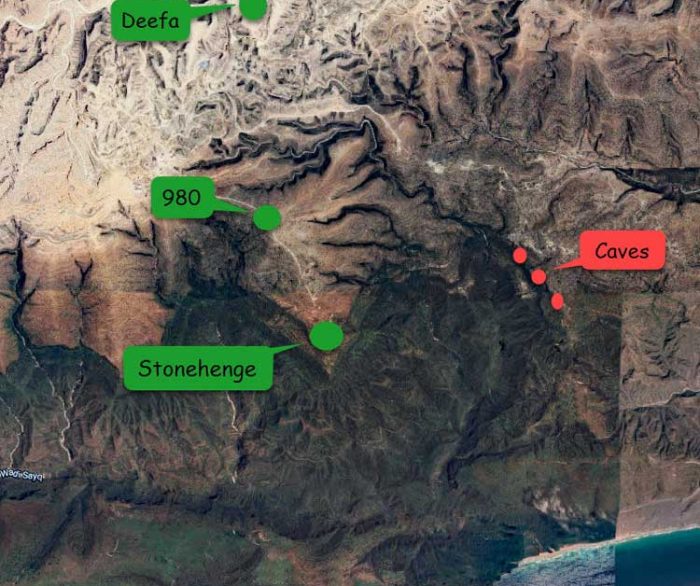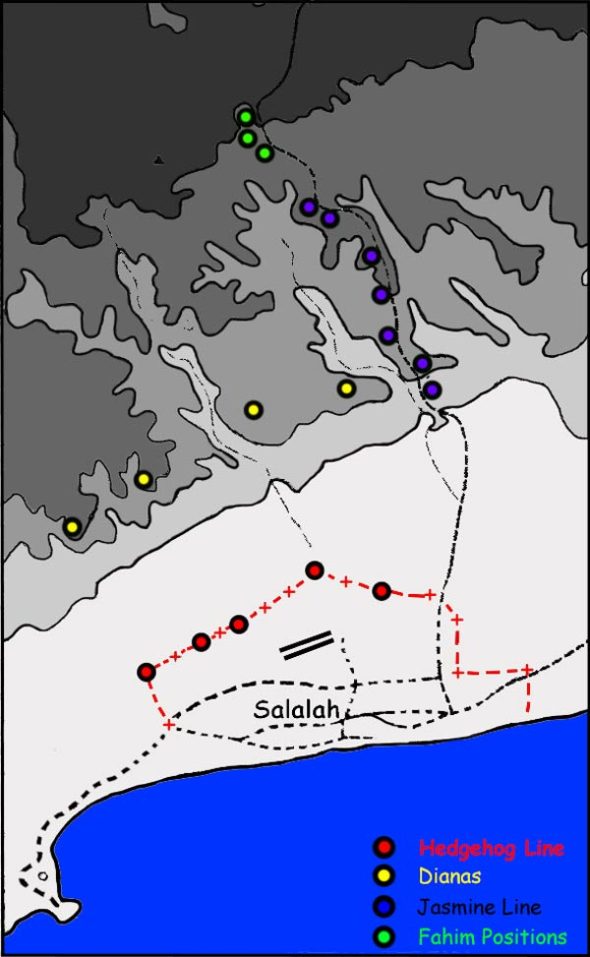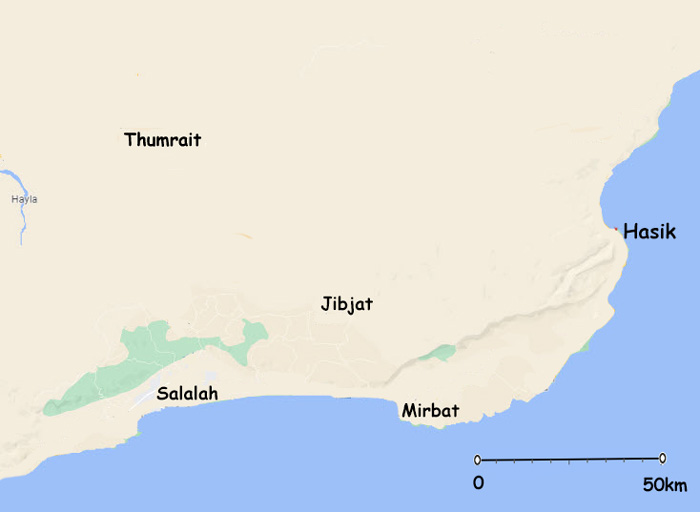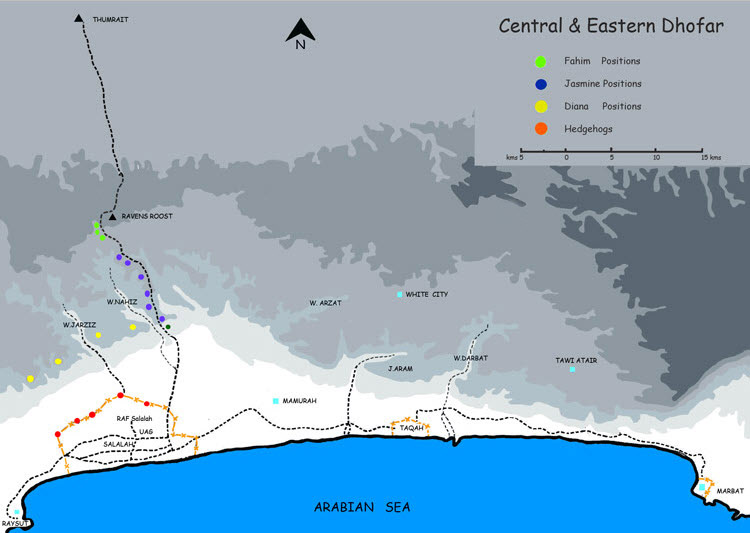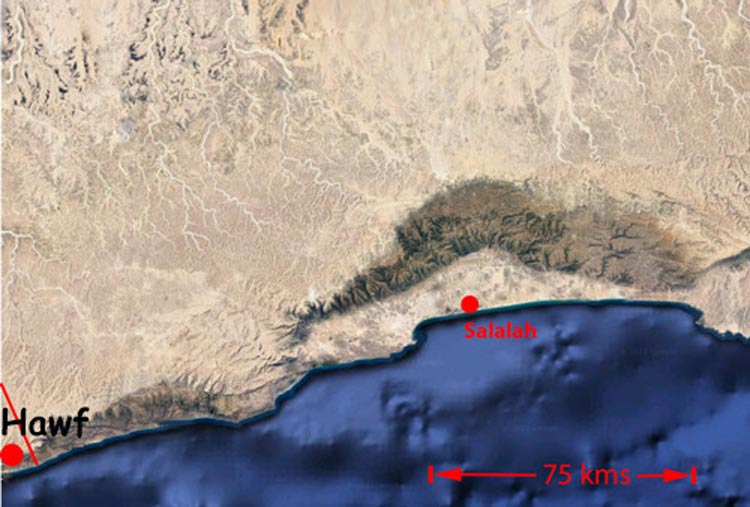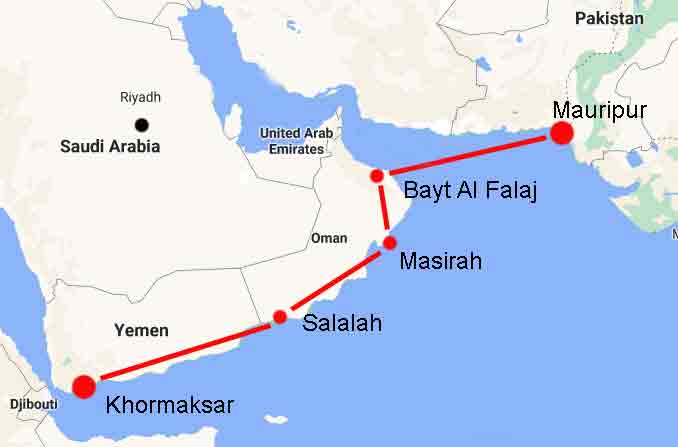
“Bullet wound to the skull”
This is the account of a member of SAF who was wounded. He recounts his experience of the event and what it felt like to be wounded. The wound was apparently severe and when he reached the FST the initial impression was that there was very little that could be done for him. In fact he survived and is left with some very minor disability. After 30+ years I was able to put him in touch with both the surgeon and anaesthetist who treated him.
He was what would have wow been called, in Afghanistan, an “unexpected survivor”
This account is drawn from a series of e-mails. The accounts are at variance but it does appear that the bullet entered and skidded around perhaps 270 degrees before exiting. I do not know if any surgical notes of the event survive.
It appears disjointed as portions have been removed for brevity and names have been omitted to give at least some confidentiality.
To Webmaster
Dear Bill,
My name is (SAF Officer). I arrived in Oman on (date) 1972.
I was wounded there…… (by) a GSW to the head and was casevaced by heli ….. to the RAP where the RMO, looked after me. I still had no vision and was only fleetingly conscious. A Skyvan flew me to Salalah where I was operated on by the FST. I don’t recall, but would like to know the name of the Major who operated on me, opened up the back of my skull, cleaned the wound and put me back together so well that, after a check up at the Woolwich, I was able to return to Oman.
The surgeon who operated on me probably took over directly from your team and I would be really grateful to know his name and be able to contact him if possible.
To SAF Officer
Thank you for your e-mail.
The surgeon was almost certainly a chap named (Surgeon) and the anaesthetist would have been (Anaesthetist). (Surgeon) is no longer registered with the General Medical Council and so is either “overseas” or retired.
I will despatch a few e-mails to see if one or other of my contacts can come up with address details for him.
To Webmaster
Bill,
Thank you very much for your rapid response. All I recall being told about the surgeon was that I was a lucky chap because he had specialised in brain surgery and had some practice in Northern Ireland.
I am sure I was told his name but I feel ungrateful that I was unable to remember it. Thank you for discovering it for me and if he is still around I would like to be able to thank him again.
From the Anaesthetist – (BL)
Dear (SAF Officer),
I was the anaesthetist who resuscitated you, following your bullet wound to the back of your head. (Surgeon) was the surgeon; he was assisted by (Surgeon).
You arrived at the Salalah FST deeply unconscious. It took a while to get you into a fit state to undergo general anaesthesia. We expected to see anchovy sauce, when (Surgeon) lifted the lid off your head.
As I recall: the bullet entered at the back of your skull and exited via the left temple. The bullet must have had an edge to it, because, having penetrated your skull, it did a sharp turn right and shot (!) around the inside of your skull and exited at your left temple. We could see the track of the bullet, because of the localised bruising to the membranes of your brain The membrane had not been penetrated at any stage of the bullet’s path. Quite incredible.
What took us by surprise was the fact that you returned to active duty within such a short space of time; we did think you would have taken the hint!
(Surgeon), literally, opened your skull and shut it again. It was your anaesthetist who saved your life.
I’m afraid I lost contact with (Surgeon), many years ago
Delighted to know you are, still, alive and well.
Regards, (Anaesthetist)
Dear (Anaesthetist),
Thank you for your email. I am most grateful to you for your skill as an anaesthetist and for saving my life.
The bullet actually entered above my left ear and exited above and slightly behind my left ear (based on the scar I have – the entry hole being smaller than the exit). I was looking down at my map on the ground at the time and the majority of the enemy were to my left, so that is probably where the bullet came from and from about 600 yards or so. It’s trajectory was probably dropping off by then and certainly the shots that I had seen landing around me did not appear to glance off the ground as they would had their trajectory been flatter. So I was lucky that the velocity was reduced by range and strike angle kept the bullet between the bone and brain membrane until it exited.
It felt like a punch to the head but didn’t hurt. However, I was immediately blinded and, being unable to see I thought for a few seconds that I was dead, until I realised I could still hear bullets and shouting around me and so must be alive. My signaller was nearby – I had the fire control net radio handset in my hand as I had been about to call for mortar fire. I called for the medic and someone appeared in front of me. I couldn’t see them, but said I had been hit in the head.
He tried to reassure me that I was OK and it was only much later that I realised that, being blind, I must have been staring around blindly and appeared to him to be crazed! I assumed at the time that he was the medic, but he may have been the signaller, because it seemed to take ages to persuade him to check my head. The shemagh acted like a bandage I suppose and initially he saw no blood. When eventually he did he may have panicked because I felt him opening his (or possibly my) morphine ampoule. Luckily I had the presence of mind to stop him injecting me.
I then tried to call (Other SAF Officer) the operational commander but couldn’t raise him or anyone else. I needed to tell him that my company no longer had any commanders as my Omani Lieutenant, ………., had already been shot and killed next to me, some time earlier and with another platoon commander probably dead, we were in some trouble. After trying for what seemed and age and feeling more and more light headed, I eventually realised that I was on the fire control and not the command net. Even when I got the right radio, it took ages to raise anyone and eventually ……………. who was commanding B company heard me. I told him I had been hit in the head. Years later he told me that he had dined out on the story that we were talking on the radio when I suddenly announced “I have been hit in the head”. I was sorry to correct his misperception!
Once I knew ………. knew my predicament, and that of my company, I pretty much let go and felt myself slide into unconsciousness. I had two or three returns to consciousness before I got to the FST. First I remember being carried in a blanket by some Firqa to the casevac heli.
Then I remember hearing the RMO, ,,,,,,, talking at the RAP and I said ‘Hi’ to him. He didn’t realize that I was in the triage line but once he heard me I think he dealt with me sooner than my triage status as a ‘head wound’ warranted! I also at this stage remember seeing some light and thinking that perhaps I wouldn’t be blind forever. I then have a dim memory of being on an aircraft and then nothing more until I awoke with a very sore head in the FST.
The ward nurse told me, comfortingly, that you had all thought that you were going to loose me, particularly as my pulse was down to about 25. I told him that my normal resting pulse was about 30-35, and would often be lower when I came down to sea level from altitude, so 25 was pretty normal for me.
My bigger concern was that I am Rh B neg and as I didn’t have any dog tags I asked what blood type had been put into me. O pos would do me no harm he assured me.
(Further SAF Officer) (who had a very lucky escape with a bullet that had grazed his cheek and shoulder – like me he had been looking down at his map it seems) was also in the FST and we were both taken by C130 to Cyprus and the Woolwich a few days later. Everyone at the Woolwich was most impressed by the work done on me at the FST and apart from a couple of lumbar punctures and removing the drain, nothing more needed doing to me.
I really felt that lightning wouldn’t strike twice and i also felt that i had unfinished business to complete in Oman, so I had few qualms about going back. I felt vindicated in my decision when, back on Sarfait in 1975, I was able to participate in the final operations that sealed off the border…….. and hastened the collapse of enemy and the end of the war. I wouldn’t have been granted that satisfaction and many other pleasures if you hadn’t kept me alive. So thank you very much.
To (SAF Officer)
Thankyou for forwarding your e-mails to and from (Anaesthetist).
There is one thing about medicine and that is that it never fails to amaze.
The kinetic energy in that fateful bullet must have been largely exhausted. There was however sufficient energy to traumatise the optic nerves on its way around the skull just above the eye sockets and render you blind for a while.
If you have a tame doctor who you can call upon to demonstrate to you the anatomy on a model skull it shows quite why (Anaesthetist) was so anxious to be in touch with you.( If you haven’t access to a tame medic I would be only too happy to send the odd diagram after I have returned from the USA towards the end of the month
From SAF Officer
Bill,
Having put me in touch with (Anaesthetist), I thought you might like to know the outcome. I hope I will be able to meet up with him, his busy schedule permitting.
I have matched my scar with brain models and realise how lucky I was.
The entry point above and slightly behind my left ear missed by a millimetre the top of the carotid artery. The bullet then travelled along the back of my skull along a slight gap between the skull and brain formed by the folds of an upper and lower brain lobe. The bullet had sufficient velocity to break out of the scull just above and behind my right ear. The exit would still has a soft spot in the middle where the bone hasn’t entirely grown over it. Apparently it is the lobe of the brain at the back of the head close to which the bullet passed that processes information from the optic nerve and the shock wave of the bullet passing close by caused my temporary blindness. I still have occasional slight headaches, less than in the early years, but the main, long-term effect has been some tunnel visioning and a noticeable loss of lower peripheral vision – which plays havoc with keeping an eye on the ball in football and basketball!!
Not really much to complain about considering what might have happened if the round had gone a millimetre or two in any other direction
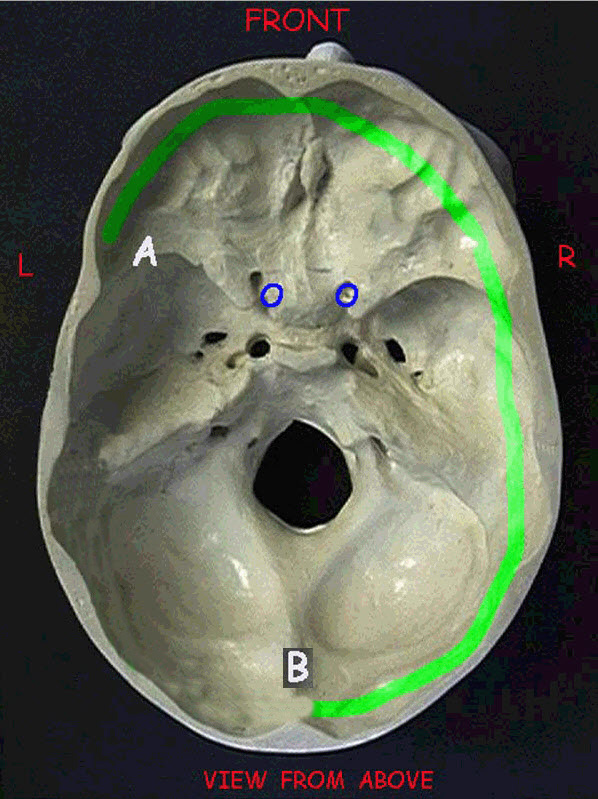
The photograph is of the base of the skull seen from above.
The blue “O”s show where the optic nerves pass down through the base of the skull and to the back of the eye sockets.
The black hole in the middle is the foramen ovale where the spinal cord leaves the brain to go down the spinal column.
The bullet either entered the skull at “A” and travelled around the inside to “B” or vice versa !
All in all both parties seem pretty pleased with themselves especially the anaesthetist.

